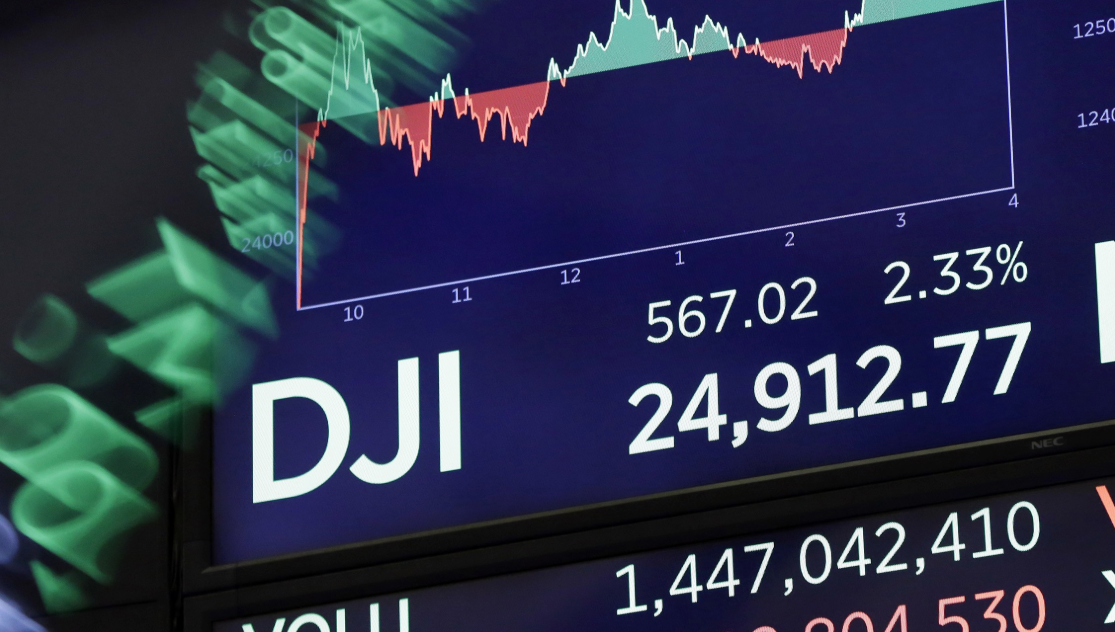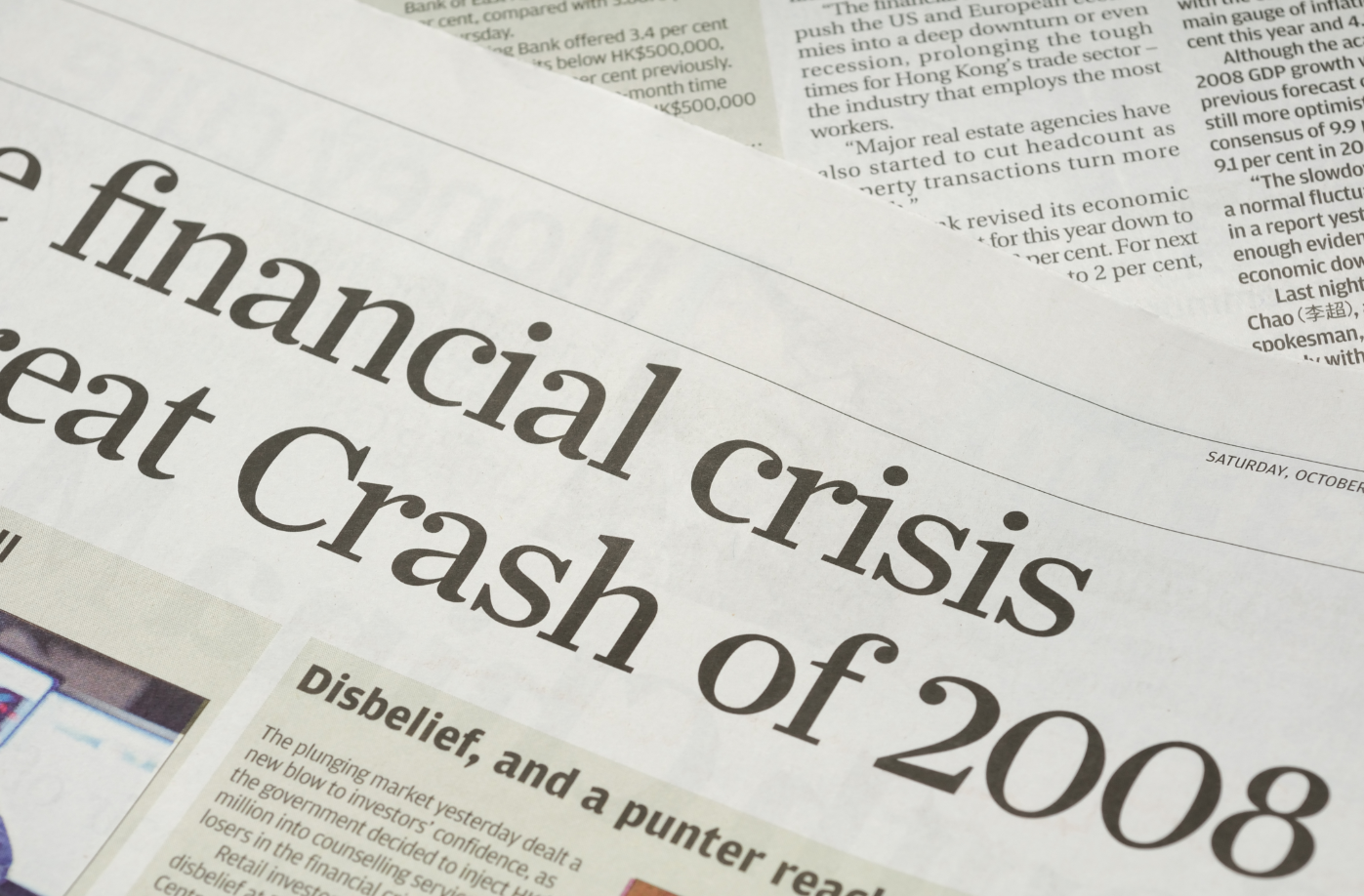Premier League 2023/24: The World’s Most Commercial Football League

Last Updated on:
Football is one of the top sports worldwide. It has a fanbase that stretches into the billions, with fans from all corners regularly enjoying it. Many tune in and watch professional football whenever they can, with the English Premier League one of their main choices.
The league is often argued and widely accepted to be the best in the world for a multitude of reasons. It has some of the biggest clubs in the game competing in it, meaning it also has many of the planet’s best players. This has helped to make its overall product more appealing, thus helping to make it a huge commercial monster in this industry.
Given its status as the biggest and best league, the Premier League has been able to use it to its advantage from a commercial and business standpoint. The amount of revenue that has been able to be generated on an annual basis trumps every other league around the world, with only a few others able to get close to it.
Revenues have been able to be generated in various guises, with the league able to tap into certain streams and make themselves as profitable as possible. TV broadcasting has been a huge player, especially in 2023/24.
According to reports, figures have suggested that UK broadcasters have paid £5 billion for the rights between 2025 and 2025, whereas overseas broadcasters have paid £5.05 billion for the same period. Interestingly, the UK rights have been on a slight decline over the last seven years or so, while they have been increasing significantly overseas.
Brand sponsorship has also been a huge revenue generator for the Premier League and its clubs, with reports revealing that the market is worth $1.504 billion.
This is made up predominantly of betting brands, with 34% of team shirt sponsorships for the 2023/24 season featuring a betting brand. The league is a popular betting market for enthusiasts, with the odds for matches in England typically being very attractive, and goals are rarely missing, thus providing the entertainment that fans want and desire. Of course, this does look set to change with a ban looming, but this season has seen an upturn in revenues generated as a result.
Unsurprisingly, the Premier League’s status around the world has made it an attractive proposition for many businesses, too. As mentioned, billions of people continue to watch the football that is on offer. This gives businesses a huge opportunity to get their brands out in front of a global audience, therefore potentially increasing their own revenues and the awareness of their organizations.
In recent years, businesses have been able to pay clubs to acquire shirt sponsorships in new positions on the jerseys that are worn that were not previously available. For instance, the shirt sleeve has become available, as clubs no longer need to wear two printed Premier League badges anymore.
Businesses are also able to advertise through pitch-side electronic boards, thus allowing their messages to be displayed globally as the ball is being kicked. Clubs have been able to generate even more as a result, too, as they can show as many advertisements as they want, rather than having to stick with the old physical boards that used to be commonly used.
Although there has been a downward trend in terms of the value of domestic broadcasting rights, this is unlikely to be felt given the other streams of revenue that are being generated.
As revealed, foreign broadcasting rights continue to escalate with huge increases, with this cycle of rights worth more than £1 billion more than they were in the last cycle (£4 billion). Revenues from sponsors are likely to continue to climb, too, as they want to remain in the eyes of the billions that continue to watch.
As long as the football remains of a high quality, competitive, and the best players continue to want to play in England and not go elsewhere, then the English Premier League is likely to remain a business monster and one that will continue to generate huge numbers in terms of revenue.




